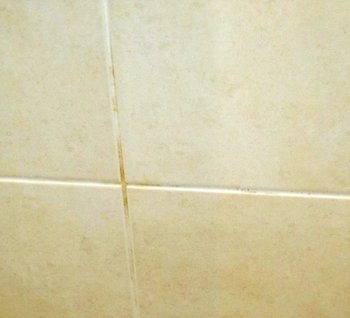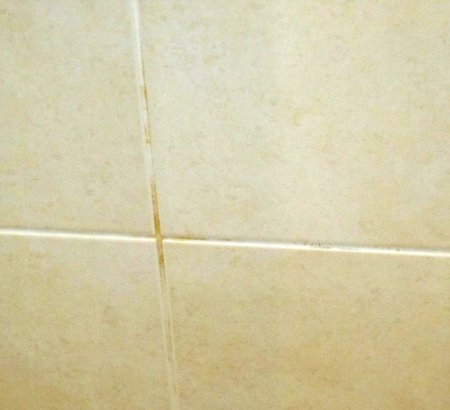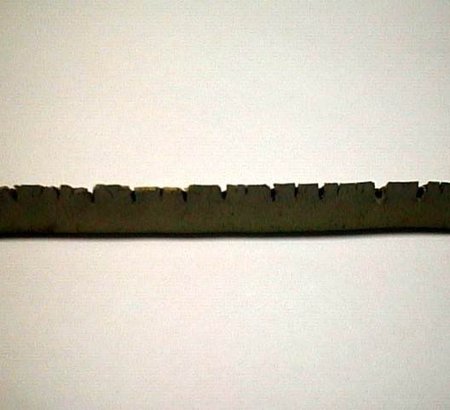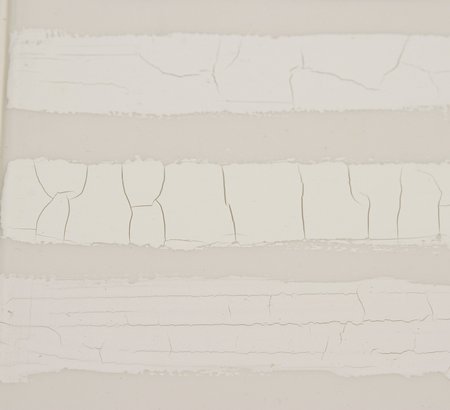Discoloration in sealant joints

Sealants are used in building and industrial applications in many places under various circumstances on several substrates. It may occur that the sealant joints show discoloration after a couple of days or weeks. In general the joints can be considered as a reasonably colour stable product. The best colour stability can be achieved with the acetoxy curing silicone sealants and acrylic sealants. The neutral curing Silicone sealants are more sensitive for yellowing, which in many cases is caused by contact with chemical vapours and fluids.
In practice it seems that if discoloration of the sealant joint occurs, this most often is caused by local circumstances, which will be further illustrated below.:
Discoloration can be caused in 3 situations:
- Discoloration because of substrate material.
- Discoloration because of contact with fluids.
- Discoloration because of contact of vapours.
Discoloration because of substrate material
In this situation it does concern surfaces which do contain ingredients which can migrate through the sealant and cause discoloration on the surface of the joint.
Substrates known for this migration problem are: Bitumen, Neoprene, E.P.D.M., wax containing products and adhesive layers. (including adhesives used on transportation/protecting foils). Direct contact with these materials should be avoided by using backfilling or P.E. foam strip. Another form of yellowing can occur, if the sealant joints are being taped with self-adhesive tape. This may happen when joints are taped before painting of ceilings or walls. Ingredients from the layer of glue can migrate into the sealant surface and lead to yellowing after the tape is removed.
Yellowing in contact with liquids
Liquids can cause discoloration, especially when they do contain acid- or alkaline ingredients. One can think of cleaners, or even the soapy water used by the applicator to smooth the joint. (As a soapy water always use a neutral soap)
Chemical vapours
Acid and alkaline vapours from, for example detergents, may result in the yellowing of the sealant. Even if there is being worked with an acetoxy curing silicone sealant in the same area as with neutral curing silicone sealant this could result in discolouring of the neutral curing sealant.
In contact with cigarette smoke yellowing can occur as well.
In general it is therefore advised to keep the above mentioned causes in mind, which means, that during the phase of curing of the sealant it must be prevented, that acid or alkaline fluids or vapours are able to come in contact with the sealant.
Warranty
Siroflex warrants that the product complies, within its shelf life, to its specification. The liability shall in no case exceed the amount fixed in our Condition of Sale.
In no event Siroflex is liable for any kind of incidental or consequential damages.
Liability
All supplied information is the result of our tests and experience and is of general nature. However they do not imply any liability. It is the responsibility of the user to verify by his own tests if the product is suitable for the application.
Related articles
-
FAQ
Fungi resistance of sealants
If products are used in wet areas like kitchens, bathrooms, swimming pools, slaughterhouses, cooling rooms, storage- and production rooms for food fungal growth on these products can occur. As a result of temperature, humidity, remains of soap and traces…
Read more -
FAQ
Chemical resistance silicones
Chemical resistance of silicone rubber In answer to questions regarding the effects of solvents and industrial chemicals on silicone rubber, the following data has been complied. Silicones are in general, chemically inert and are attacked by only a…
Read more -
FAQ
Paint cracking in acrylic paints
Although in general acrylic sealants can be painted very well both with solvent based paints as well as water based paints (for instance acrylic latex) it is possible that the paint film on the acrylic joint can crack.
Read more


